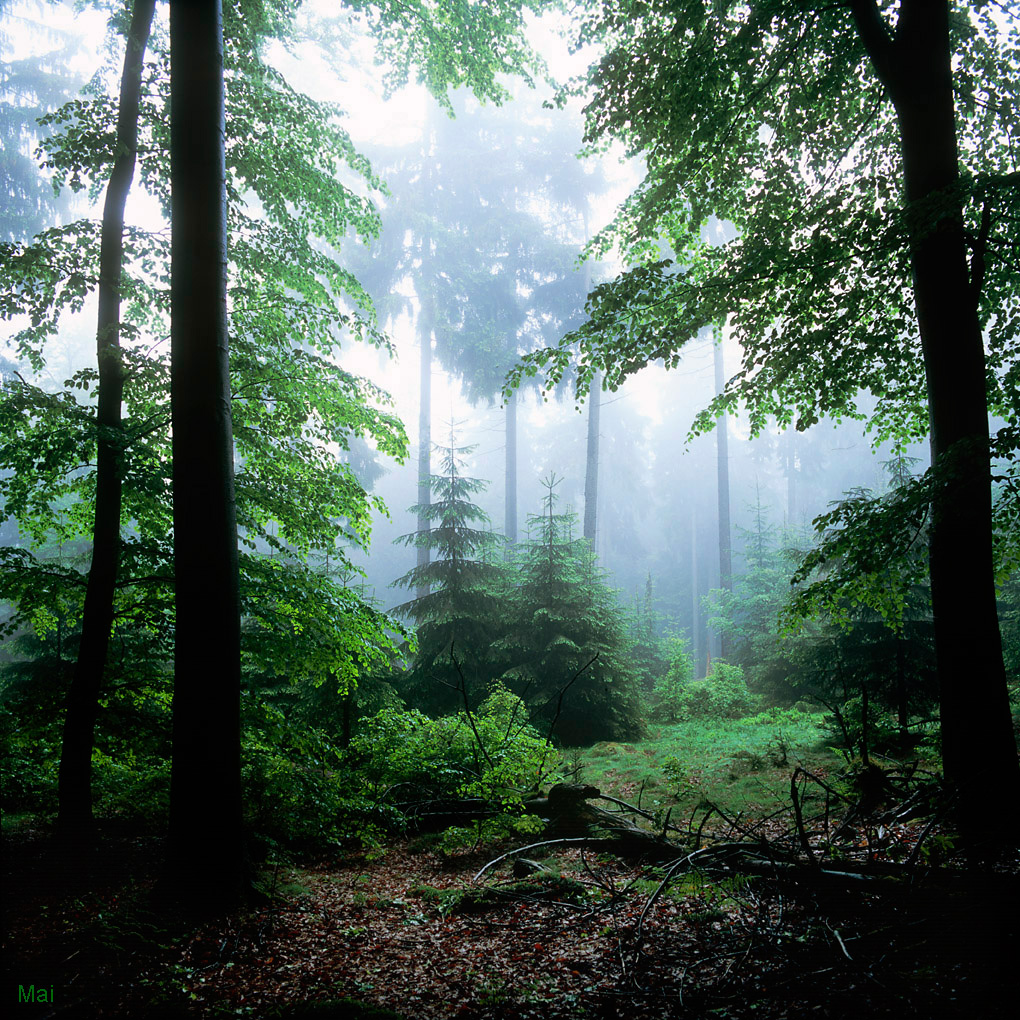Diversified forests can do more: they offer the greatest potential to fulfil the demands made on them. The forest performs a variety of services to society. It contributes to protecting the climate, water and soil, is a habitat for animals and plants, provides space for recreation and to experience nature and supplies timber, our most important renewable resource. Sustainable forestry in Germany acts according to this multi-functionality and safeguards the services of the forest.
Mixed forests that are site-suitable and rich in structure are the objective of forestry policy. They are best suited for our present demands and future challenges. Mixed forests can better adapt to environmental changes and balance out silvicultural risks such as storms, pests and tree diseases. Mixed forests are beneficial for the forest soil and groundwater storage. In addition to an aesthetically pleasing forest, they provide diversified habitats and therefore a prerequisite for species-rich fauna and flora. Diversity in the forest begins with forest ownership. The diversity of the forest owners, their aims, management practices and holding sizes are reflected in the diversity of our forests.

